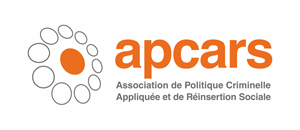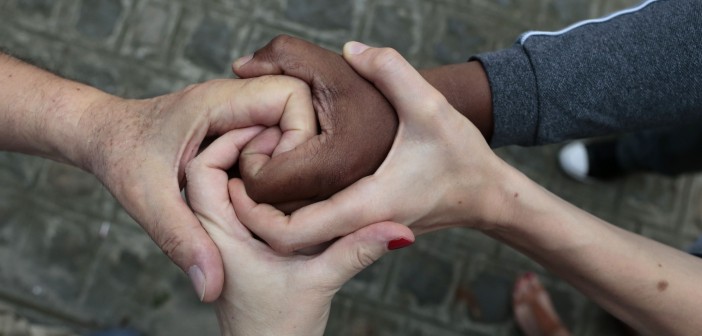In June 2014, APCARS launched its regional service of restorative justice (SRJR).
Based in Paris and serving the Paris region, our two specialists, trained in Restorative Justice in France and Canada, are responsible for following the existing pilots (Poissy, etc.) as well as developing new measures of restorative justice in collaboration with our usual partners (IFJR, SPIP, associations, etc.).
The following video presents a pilot that was done in 2010 in the Poissy prison, with the support of the director, François Goetz, and professor Robert Cario (IFJR). It concerned the organization of detainees/victims, and in this case, the authors of homicides and the parents of those homicide victims.
The essence itself of restorative justice is summarized in this testimony of François Goetz:
“These meetings constitute a path for both the authors and the victims, leading them to experience a feeling of relief, peacefulness, and reconciliation with themselves. In particular, the victims discover a feeling of being able to once again invest in their lives and build projects. For the authors, they most often express the feeling of becoming humans again and a true understanding of the suffering imposed upon their victim and a clarified view of their personal history and the factors that led up to their criminal action.
This rediscovered humanity undoubtedly leads to soothing of the victims’ suffering and preventing the author from committing a repeat offense; this understanding being the overriding factor in this prevention.”
Restorative justice is not just limited to the detainee/victim meetings and the project led in Ile-de-France by APCARS, with the support of IFJR and its numerous partners (the Chancery, the Paris Appeals Court, the insertion and probation prison services, the City of Paris, a private foundation, etc.) will progressively cover all of the following measures:
Restorative Mediation
This measure, better known abroad under the name of “victim/offender mediation” is implemented in most foreign countries.
Even if similar in formal terms to restorative justice, restorative mediation is very different. Firstly, it can be used in cases of minor offenses as well as very serious offenses, whereas penal mediation is almost exclusively used for minor offenses. Secondly, it primarily aims to construct a dialog whereas penal mediation aims to conclude a transaction between the victim and the author of the penal offense. Thirdly, because of its special features, and namely because it is used in cases of very serious offenses, it requires more time than penal mediation, especially for preparation (about two to three times more for fairly serious offenses). Lastly, restorative mediation can be proposed at every stage of the penal judicial process, including during the sentence execution.
Restorative Conference
The restorative conference consists of a face-to-face meeting (after a long preparation individually with each of the participants) between the offender and victim, each one accompanied by a close family member or person of trust. During this meeting, the participants will evoke (like in the restorative mediation) the causes of the offense, its repercussions, and the available solutions, with the aid of the group leader. At the end of this meeting, the offender goes aside with their accompanying persons and constructs a restorative agreement on the basis of what was said during the discussion. The offender then presents this agreement to the victim and submits it for their approval.
Inmate (or convict)/Victim Meetings
This measure better known in Canada under the name of “inmate/victim meetings” was launched as a pilot in Poissy in 2010.
It consists of a session of 6 weekly meetings between a group of offenders (generally 4) having committed a specific type of offense and a group of victims (of the same number as the offenders) having suffered the same type of offense. However, in contrary to other forms of restorative justice, a victim and an offender implicated in the same case cannot participate in the same measure. So this is used in priority for those persons who do not yet want to find themselves face-to-face with the opposite party.
Circles of Support and Accountability
The circle of support and accountability is a measure initially intended to provide an intense, quasi-daily accompaniment for an offender released from prison who did not qualify for penal measures of accompaniment after serving their sentence and who presented a high risk of repeat offense (initially for authors of sexual offenses).
The main objective of this measure is to allow an intense accompaniment of the offender by persons from the social fabric (community) in which this person must integrate themselves so as to avoid a repeat offense.


